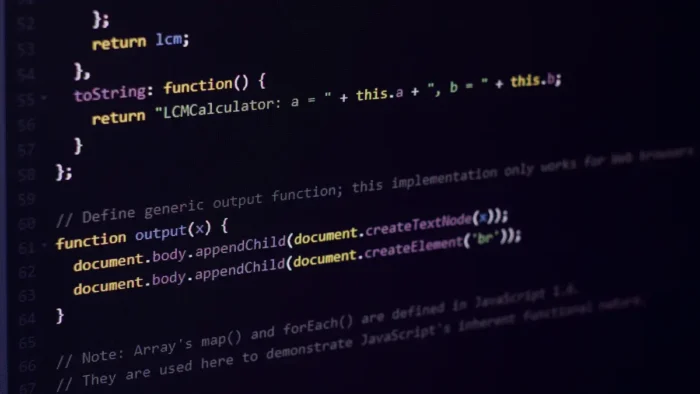In the dynamic world of web development, React JS has remarkably established itself as an essential tool for creating robust and high-performing applications. React is open-source and has a strong community. This is one of the most popular libraries for web development. Developed initially by Facebook in 2013, React JS has grown exponentially.
This article seeks to delve into the essence of React JS development from the perspective of an IT outstaffing company and highlight why it’s a crucial asset in the modern web development toolkit.
Who Uses React
React is used by front-end developers. In the MVC model, the name of which stands for Model-View-Controller, the interface is a View, a presentation, an external display with which the user interacts. Specialists who work with it, in particular, use React JS development. Layout designers, testers, and other specialists involved in creating web interfaces can also work with React.
What is React for?
React is used to create single-page and multi-page applications and develop large websites. For example, the Netflix streaming service was written with its help, and news feeds of the largest social networks were implemented. The library is intended:
- To create functional interactive web interfaces, working with which you don’t need to constantly refresh the page;
- Elements in React are easy to reuse, so it’s fast and convenient solution;
- Easy development of complex program structures – they are easy to describe if you use one implemented in the React approach;
- Improvement of new functionality with any initial technology stack: the library does not depend on the rest of the tools and will work well no matter what the code is written on;
- Development of SPA and PWA. These are applications that function as programs and web services and have an appropriate interface; they work with the server part of the site or develop mobile applications. In such cases, React is used in conjunction with tools that adapt web technologies for other purposes.
Features of the React Library
React has a number of features that make it flexible and powerful. We will look at some of them.
Declarativeness
Declarative style means that it is enough to describe once what the results of the code will look like – elements in different states. It does not need to focus on ways to achieve results: most of the tasks will be performed by the library. React.js will automatically update elements depending on conditions, the main task is to correctly describe them. A convenient and understandable approach makes it easier to write and debug code with IT outstaffing company.
Virtual DOM tree
Any web interface is based on an HTML document and CSS styles to which JavaScript code is connected.
React’s specific feature is that it creates and stores in the cache a virtual DOM tree. Basically, it’s a copy of the DOM that is able to change faster than the real structure. This is necessary in order to quickly update pages. If the user performs an action or some event occurs, the DOM must change as the objects on the page change. However the actual object model can be huge, and updating it is a slow process.
When an event occurs that requires code to update an object, the change is quickly reflected in the virtual DOM. After this, the real object model is updated. For the user, this means that changes on the page will be displayed instantly and not after a long loading time.
Updating the DOM Piece by Piece
To improve performance, React does not completely update the DOM. It stores two lightweight copies in memory: the current one and the previous one. When something is updated, the library compares the versions with each other and changes only the part of the tree that actually changed. This is necessary so as not to reload the entire DOM and slow down the page. The approach seems complex, but it is important for optimizing loading.
Ability to Reuse Components
The components of React are encapsulated, that is, independent: each of them contains all the necessary methods and data. You can read more about encapsulation in our article about OOP: this is one of the key criteria of the object-oriented approach. In the case of React components, encapsulation also means that the element’s state is stored within the element itself, rather than in a separate object.





